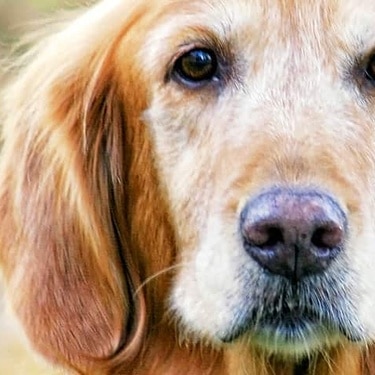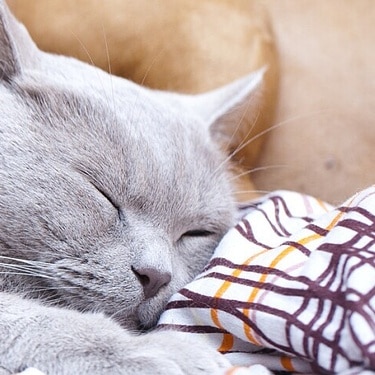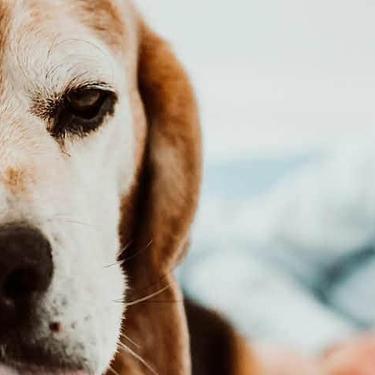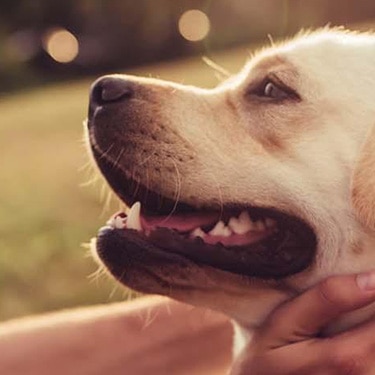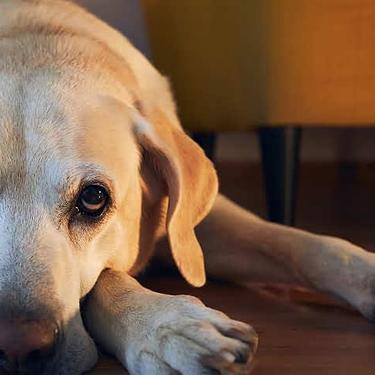Scottish deerhounds love to lounge. They are laid back, even lazy. They watch the world go by with good-natured amusement as though it were a show arranged for their entertainment — that is, until something worth chasing happens by. Then the deerhound is transformed into a running hunter, coursing after his fleeing prey in single-minded pursuit, not to return until the chase is complete.
Obedience lessons are apt to be met with a sense of humor and an "I'll get back to you on that" attitude. This attitude is not a dominance issue, but rather an inability on the dog's part to comprehend the point of it all. Give a Deerhound a reason to perform, however, and he will be more than willing to please you, even if it is in a somewhat lackadaisical fashion.
Like most sight hounds, Scottish deerhounds are very sensitive, one-family dogs. They are friendly, but not gregarious, toward strangers. As a watchdog or protection dog, they are quite hopeless.
Deerhounds need room to stretch out, whether sleeping in a bed or running in a field. As with any exceptionally large dog, guardians need to consider the larger feed, medicine and boarding bills they entail. It is not fair to get a deerhound and expect him to squeeze into a miniature world. After all, this breed evolved living in castles and running amidst great expanses.
The laid back nature of Scottish deerhounds means that they are quite content to lounge about most of the day. However, their running heritage demands that they get a chance to push themselves hard once a day. But beware: their chasing heritage demands that you take extreme caution when exercising them, because they are apt to run after anything that moves. Like most sight hounds, they expect cars to stop when they run in front of them.
Deerhounds enjoy cold weather, and often lie on hard, cold surfaces. This habit tends to produce calluses that do not heal easily. The deerhound coat does not shed, but it needs weekly brushing or combing, and the dead hairs need to be pulled out by hand twice a year. The beard tends to drip water after drinking, and it should be washed frequently.
Like all very large breeds, Scottish deerhounds are not generally long-lived, averaging eight to 11 years.
The Scottish Deerhound's exact origins have been lost to the mists of the Scottish Highlands. Greyhounds with rough coats were known from very early times, and by the Middle Ages these dogs were well established in Scotland. These coarse-haired coursers were unequaled when it came to catching stag in the harsh conditions of the Scottish Highlands, so much so that they were hoarded by the Highland chieftains. With the demise of the clan system, the breed's numbers fell, until they teetered near extinction by the mid-19th century.
With the advent of dog shows and the special attention these exhibitions brought to aristocratic breeds, the Scottish deerhound was pulled from the brink and has since enjoyed a modest popularity with people who appreciate the finest things in life. Deerhounds have always been more than just extraordinary hunters and elegant additions to the castle hearth; the breed is now proving that its greatest ability is as noble companion to everyday people.







